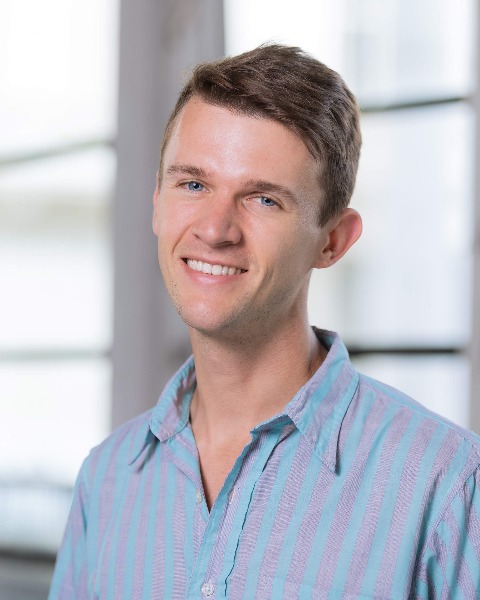Immuno Delivery
Tech Session IV: Immuno Delivery II
Targeted STING agonism modulates saRNA vaccine immunogenicity
Wednesday, July 16, 2025
3:27 PM - 3:38 PM EDT
Location: 119 B
Introduction: The innate immunogenicity of lipid nanoparticle formulated self-amplifying RNA vaccines engenders protective immunity but also reactogenic side effects. By comparison, polymeric saRNA vaccine formulations achieve higher protein translation, lower inflammation, and weaker protective immunity.1,2 We hypothesized that adjuvanting polymeric saRNA with an antigen presenting cell (APC)-targeted STING agonizing polymeric prodrug (polySTING)3 would enable tailored augmentation of productive innate and adaptive immune responses with favorable tolerability compared to lipid nanoparticle saRNA.
Learning Objectives:
At the completion of this activity, participants will know
- Understand how the biodistribution of polyplexes and lipid nanoparticles influence saRNA vaccination
- Explain how innate responses contribute to vaccine efficacy and side effects
- Compare strengths and weaknesses of polyplex and lipid nanoparticle RNA vaccines and therapies
Ziyin Wang – Postdoc, Imperial College London; Simba Jokonya – Postdoc, University of Washington; Chubicka Thomas – Research Assistant, Imperial College London; Marco Briones Orta – Postdoc, Imperial College London; Paul McKay – Advanced Research Fellow, Imperial College London; Robin Shattock – Professor and Chair in Mucosal Infection and Immunity, Imperial College London; John Tregoning – Professor in Vaccine Immunology, Imperial College London; Patrick Stayton – Professor, University of Washington; Molly Stevens – John Black Professor of Bionanoscience, University of Oxford

David J. Peeler, PhD (he/him/his)
Research Fellow
Imperial College London
Oxford, England, United Kingdom

